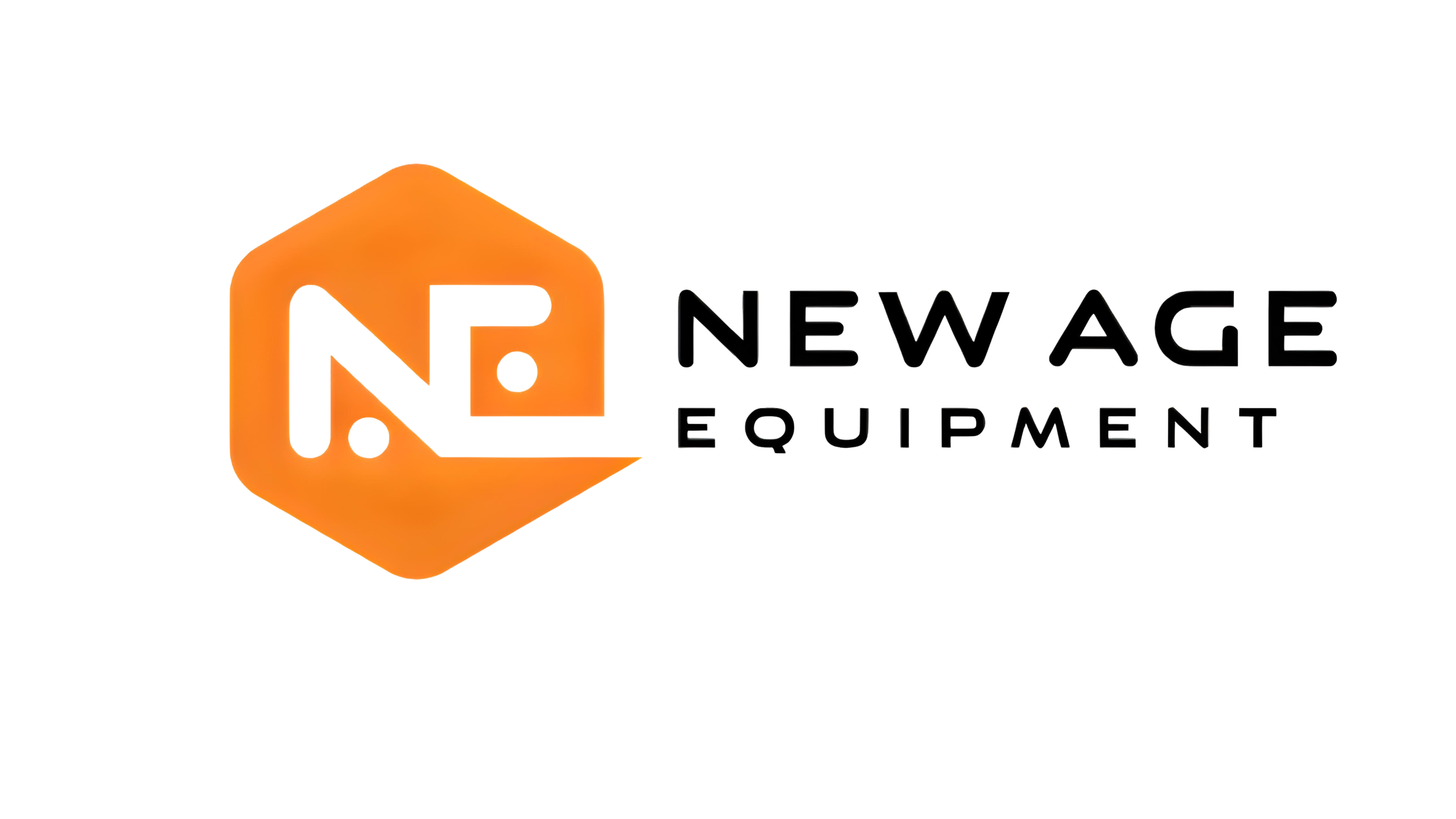Tax Tip of the Week | Most Common Mistakes in Doing IRA Rollovers
With the ongoing pandemic, greater numbers of people are either retiring or changing jobs. Many of these people in flux are making rollovers from their 401(k)s to their own individual retirement accounts. There are exacting procedures as defined by the IRS for accomplishing these rollovers tax-free. Any violation of these rules can be VERY costly and next to impossible to cure. Some of the more common methods and errors follow:
A “direct” rollover of funds from one retirement account to another is also known as a trustee-to-trustee transfer. In this type of rollover, the retirement plan owner never touches the money. A “direct” rollover is the method least prone to error. As always, verify as soon as possible that the funds were correctly disbursed and timely deposited into the appropriate account.
More common errors occur when retirement funds are distributed to the owner (indirect) who then has 60 days to complete the rollover. Please don’t forget that only one indirect rollover is allowed in any 12 month period. As you may imagine, a myriad of ways exists for this plan to go sideways. Some of these mistakes include: (1) forgetting the 60 day deadline, (2) missing the deadline because of an ill-fated effort to have the monies for another day or so, (3) lacking some of the funds necessary for the full rollover because you bought a yacht, (4) often on an indirect rollover, the plan administrator withholds 20% federal taxes so your net rollover check is now short for the full rollover, or (5) transferring the funds to a ROTH instead of an IRA. Any of these mistakes will result in a taxable event. Also, if you are not yet 59 ½ years old, add another 10% tax/penalty. OUCH!
Excerpts and ideas are taken from a WSJ article by author, Leonard Sloane published on Monday, October 4, 2021 and is reprinted below.
Excerpts and ideas are taken from a WSJ article by author, Leonard Sloane published on Monday, October 4, 2021 and is reprinted below.
-Mark Bradstreet
The Biggest Mistakes People Make With IRA Rollovers
As the number of rollovers increases, so does the number of mistakes. And they can cost savers a lot of money.
With Covid-triggered changes in the economy and more people taking early retirement or changing jobs, there has been a surge in rollovers from 401(k)s to individual retirement accounts.
And mistakes that are commonly made with such transfers of money are rising, too.
These mistakes can be costly, potentially amounting to tens of thousands of dollars, since the funds in a workplace retirement plan like a 401(k) often represent one of the largest payouts an individual receives.
Rolling these funds directly into a traditional IRA offers flexibility and control without paying immediate taxes, along with the ability to select from a variety of investment options—such as stocks, bonds, mutual funds, exchange-traded funds, certificates of deposit and annuities. With a company plan, you are likely to have a limited number of choices, perhaps only a half-dozen or so.
“We’ve seen an increased frequency of rollovers recently,” says Sarah Brenner, director of retirement education at Ed Slott & Co., a tax consulting firm in Rockville Centre, N.Y. “And we’ve seen a lot of questions about how to avoid mistakes in these rollovers.”
Here are some of those mistakes:
1) Taking a lump-sum distribution of the 401(k) funds instead of moving them directly to the IRA custodian. In such cases, called indirect rollovers, you have only 60 days to deposit them in the IRA. If you miss the deadline, the amount is considered a distribution that will likely need to be included in your gross income for tax purposes. If you are younger than 59½, you also could be charged a 10% early-withdrawal penalty on the money received.
There is an exception, however, for employees who have highly appreciated stock of the company they are leaving in their 401(k). It’s called the net unrealized appreciation, or NUA, strategy.
Those employees can take the lump-sum distribution and will have to pay tax at the ordinary income-tax rate—but only on the cost basis, or the adjusted original value, of that stock. The difference between the cost basis and the current market value is the NUA, and they can defer the tax on that difference until they sell the stock.
For example, if you paid $30,000 for company stock and it is now worth $90,000, the NUA is $60,000. Even when it comes time to pay, the tax on this $60,000 appreciation will be at the long-term capital-gains rate.
2) Not realizing that when you do an indirect rollover, your workplace plan administrator will usually withhold 20% of your account and send it to the Internal Revenue Service as prepayment of federal-income tax on the distribution. This happens even if you plan to immediately deposit the money in an IRA. (When you file your tax return in April, you will get a refund from the IRS if too much tax was withheld.) So, if you want to contribute the same amount that was in your 401(k) to your IRA, you must provide funds from other sources to make up for the amount withheld.
3) Rolling over funds from a 401(k) to an IRA before taking a required minimum distribution, or RMD. This mistake affects those who are required to take an RMD for the year that they are receiving the distribution from the 401(k)—individuals age 72 or older. Doing so would result in an excess contribution, which is subject to an annual 6% penalty until it is corrected.
4) Not realizing that rolling over funds from a 401(k) to a Roth IRA is considered a conversion and you must pay the tax immediately. However, if there are after-tax dollars in your 401(k) plan, you can make a tax-free distribution of those funds to a Roth IRA. You must hold funds in a Roth IRA account for at least five years before withdrawing any earnings or those earnings will be taxable and potentially subject to penalty.
5) Not knowing there are limits when moving funds from one IRA to another IRA if you do a 60-day rollover. Generally, you are allowed to roll over just one distribution from an IRA to another IRA within a 12-month period, regardless of how many IRAs you have. If you make more than one distribution, it is considered taxable income. And if you are under 59½, there is an additional 10% penalty.
According to the IRS, “The limit will apply by aggregating all of an individual’s IRAs, including SEP and Simple IRAs, as well as traditional and Roth IRAs, effectively treating them as one IRA for purposes of the limit.”
To ensure a successful rollover, it may be useful to make a direct trustee-to-trustee transfer marked “for the benefit of” the IRA owner, rather than an indirect one. Then there will be no 60-day rule or once-a-year rule to worry about.
Credit Given to: Leonard Sloane. Published October 4, 2021 in the Wall Street Journal.
Thank you for all of your questions, comments and suggestions for future topics. As always, they are much appreciated. We also welcome and appreciate anyone who wishes to write a Tax Tip of the Week for our consideration. We may be reached in our Dayton office at 937-436-3133 or in our Xenia office at 937-372-3504. Or, visit our website.
This Week’s Author, Mark Bradstreet













